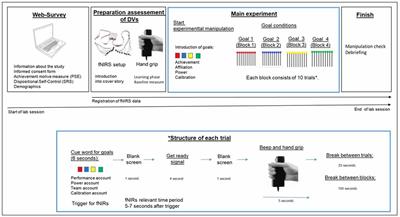ORIGINAL RESEARCH
Published on 23 Jun 2020
Specific Increase of Hippocampal Delta Oscillations Across Consecutive Treadmill Runs

doi 10.3389/fnbeh.2020.00101
- 3,978 views
- 17 citations
10k
Total downloads
46k
Total views and downloads
ORIGINAL RESEARCH
Published on 23 Jun 2020

BRIEF RESEARCH REPORT
Published on 15 May 2020

BRIEF RESEARCH REPORT
Published on 09 Apr 2020
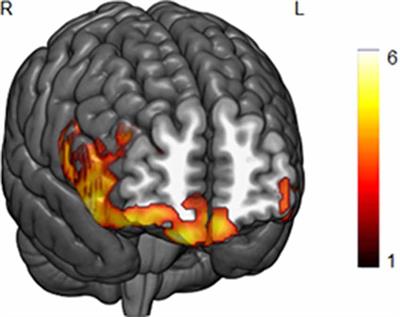
ORIGINAL RESEARCH
Published on 30 Jan 2020
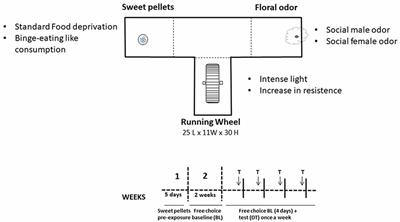
ORIGINAL RESEARCH
Published on 03 Dec 2019
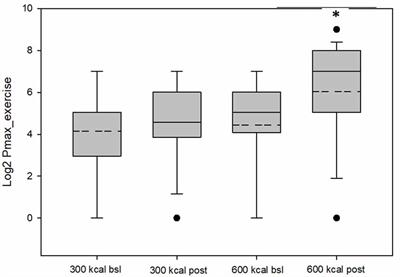
ORIGINAL RESEARCH
Published on 15 Oct 2019
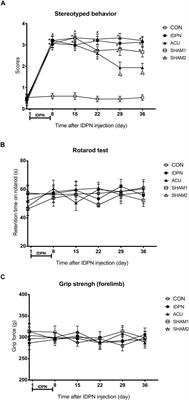
ORIGINAL RESEARCH
Published on 04 Oct 2019

ORIGINAL RESEARCH
Published on 04 Oct 2019
